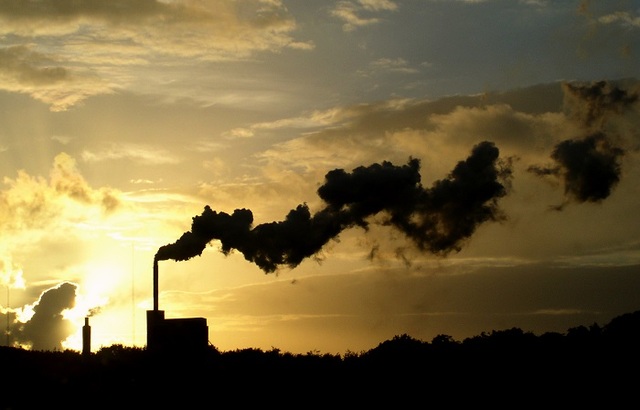“If we are to hit the internationally agreed target of limiting global warming to 2°C, carbon prices will have to soar from under $5 to well over $100 (£77, €84) a tonne by the middle of the century,” said Andrew Howard, head of sustainable research at Schroders.
“The effects on companies will be complex. Up to 20% of listed companies’ cashflows are at risk if policies strengthen in line with these political commitments. That’s close to the fall we saw in global profits in 2009 following the global financial crisis.” With the difference being, of course, that higher carbon prices would likely be of a permanent rather than a temporary nature.

To prepare its fund managers to act once the Damocles sword of rising carbon prices falls on markets, Schroders has developed a “Carbon Value at Risk (Carbon VaR)” model, outlining how carbon pricing could affect cost structures and profits for various sectors and companies.
Schroders claims the model is “a systematic and objective guide to the risks to portfolios”, and is more comprehensive than carbon footprint, which doesn’t take into account the carbon costs of a company’s supply chain.
“Carbon VaR estimates the impact on companies’ earnings of raising carbon prices to $100 a tonne, based on their current exposures, business models and cost structures,” said Howard.
According to Schroders, increasing carbon prices will negatively affects profits in all industries. Construction, steel and the chemicals industries will be impacted most heavily, with Ebitda projected to fall by more than 80%.
Profit falls in the financial and IT sectors are least exposed to rising carbon prices, with profits forecasted to fall by less than 2%.








